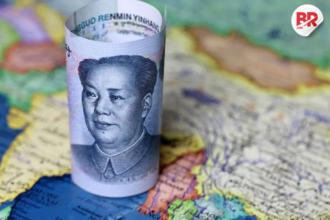
China is back in the oil-buying spotlight.
In June, China’s imports of Iran crude surged to over 1.7 million barrels a day, hitting their highest point since March. That’s a big jump from just 1.1 million barrels per day in May, according to Vortexa, a global energy analytics firm.

So why the sudden spike? Timing.
Early June saw a rush in shipments — hitting 2.5 million barrels a day in just the first 12 days. That was just before Israel launched a strike on Iran. Sellers, fearing trouble in the region, loaded and shipped faster to avoid delays.
This was not just a lucky break. It was strategy.
“June data shows faster and more flexible supply moves,” said Emma Li, senior analyst at Vortexa. “Even with US sanctions on tankers, Iran’s oil is still flowing strong.”
China’s independent refineries — often called “teapots” — are key to this story. These private refiners are big buyers of cheap, sanctioned oil. But things aren’t all smooth.
Right now, their refining rate is down to just 46%, according to Mysteel Oilchem. That means they’re not processing as much crude as before. Thin profit margins and large oil stockpiles are making them cautious.
Still, these conditions are giving teapots a big advantage — the power to bargain. They are now pushing for better deals.
In May, Iranian oil was about $2 cheaper than Brent futures. Now in June, it’s selling at a $4 discount. That’s a huge drop, and it gives buyers like China even more reason to keep the oil coming.
But don’t expect this high to last. With lower processing and high storage, July might not follow the same pattern. The June spike was all about speed and smarts — not a long-term trend.
China’s move shows how quickly the oil trade can shift when geopolitics heat up. It also proves one thing — in today’s oil game, fast hands and bold moves matter more than ever.
Also Read China’s Exports Reach $325B in June, Surplus Jumps Despite US Drop












